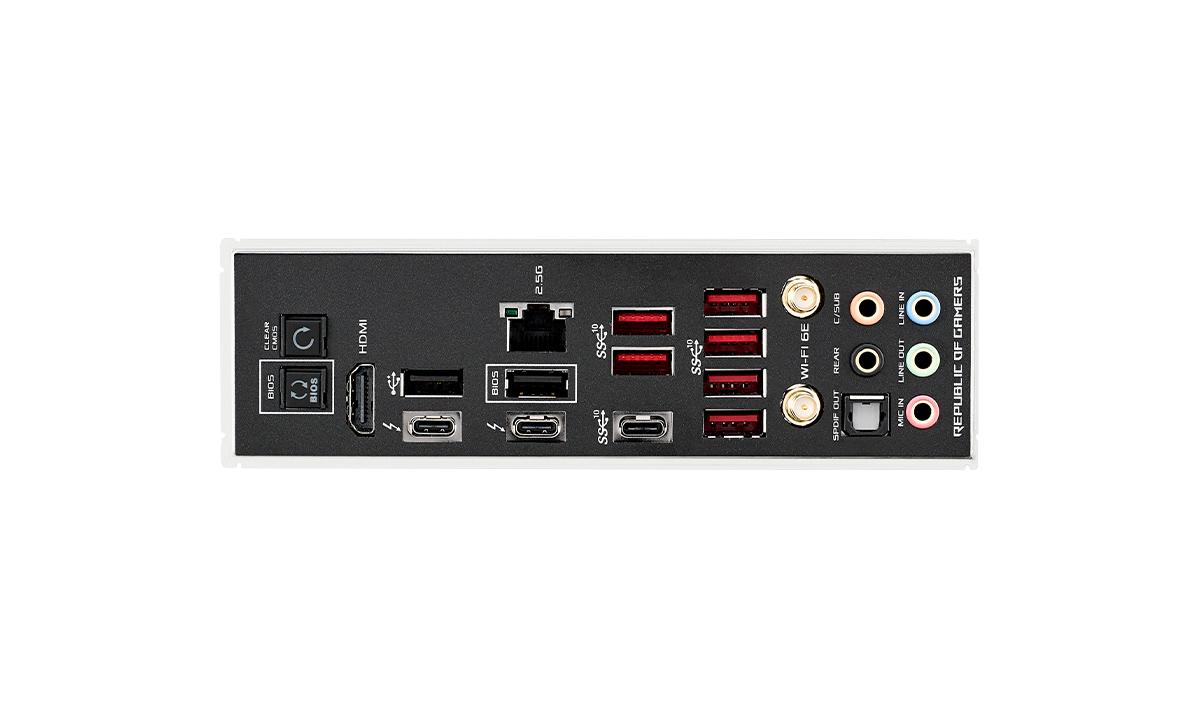Im looking to buy a new desktop for video editing (from PC specialists) and I need as many .nvme drives as possible. I know most MBs have at least 2 slots and some have more so how do you tell?
When checking MBs on the configurator I see stuff like this:
Expansion Slots - 1 x PCIe 5.0 x16, 1 x PCIe 3.0 x4, 4 x PCIe 3.0 x1
Is that the NVME slots? Im assuming the x16 refers to something else and not meaning it has 16 slots?
Or is this NVME slots?
SATA Ports - 6 x SATA 3.0 Gb/s ports, 3 x M.2 Socket
Sorry if its a dumb question but all the different slots and terms is confusing as hell so i would appreciate it if someone could help me decipher this
Im looking to buy an MB that can fit an 13th gen intel processor btw if it makes any difference
thanks
thanks
When checking MBs on the configurator I see stuff like this:
Expansion Slots - 1 x PCIe 5.0 x16, 1 x PCIe 3.0 x4, 4 x PCIe 3.0 x1
Is that the NVME slots? Im assuming the x16 refers to something else and not meaning it has 16 slots?
Or is this NVME slots?
SATA Ports - 6 x SATA 3.0 Gb/s ports, 3 x M.2 Socket
Sorry if its a dumb question but all the different slots and terms is confusing as hell so i would appreciate it if someone could help me decipher this
Im looking to buy an MB that can fit an 13th gen intel processor btw if it makes any difference
thanks
thanks


